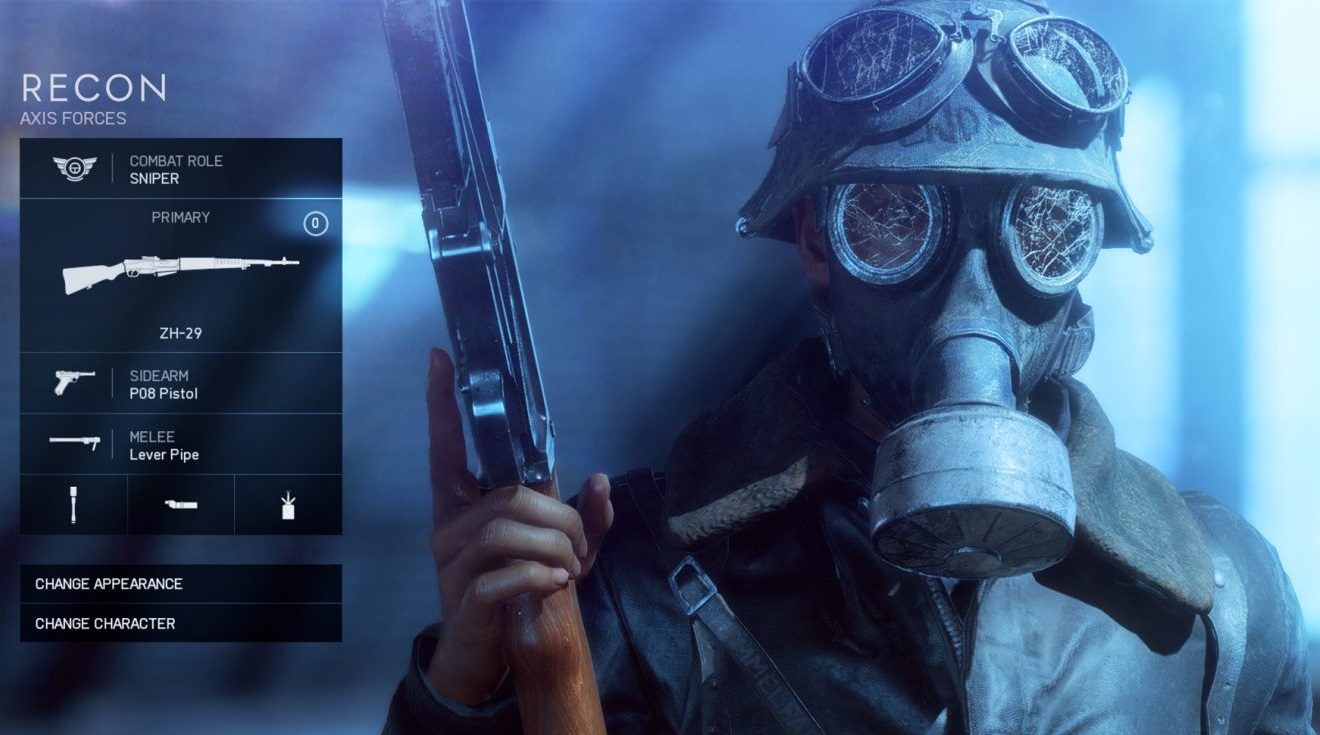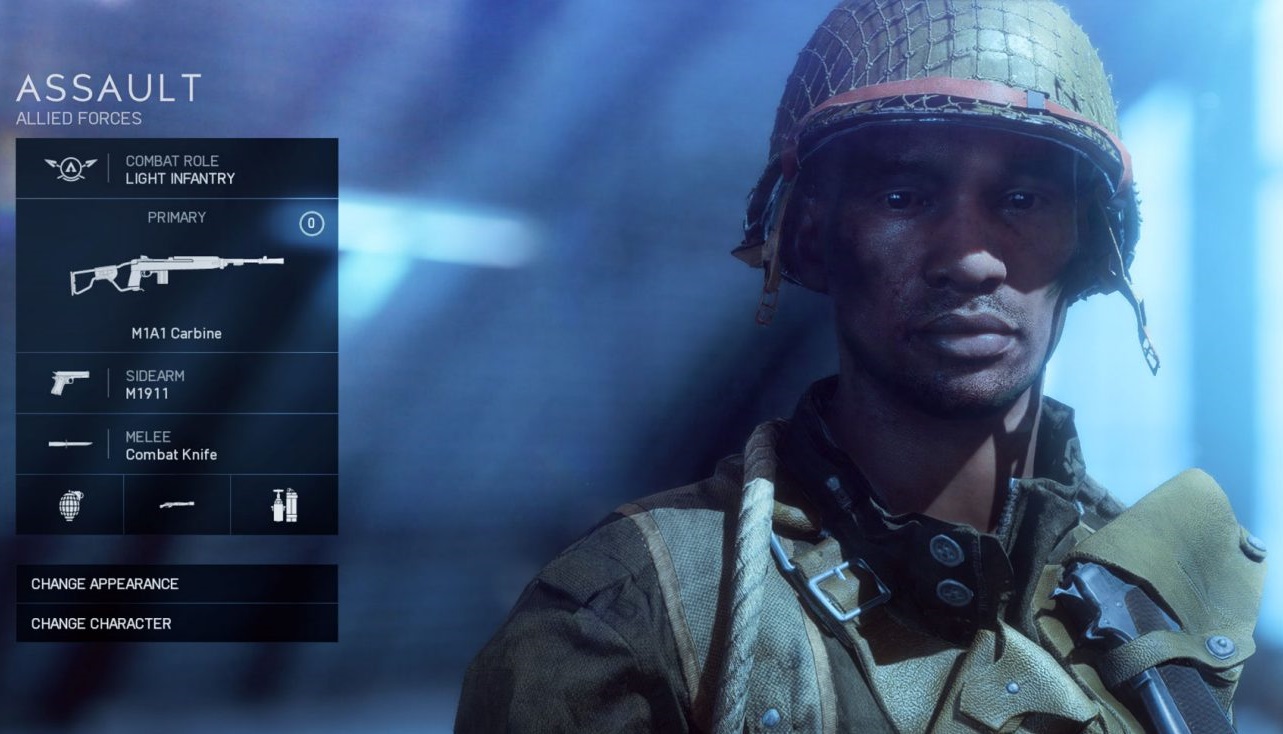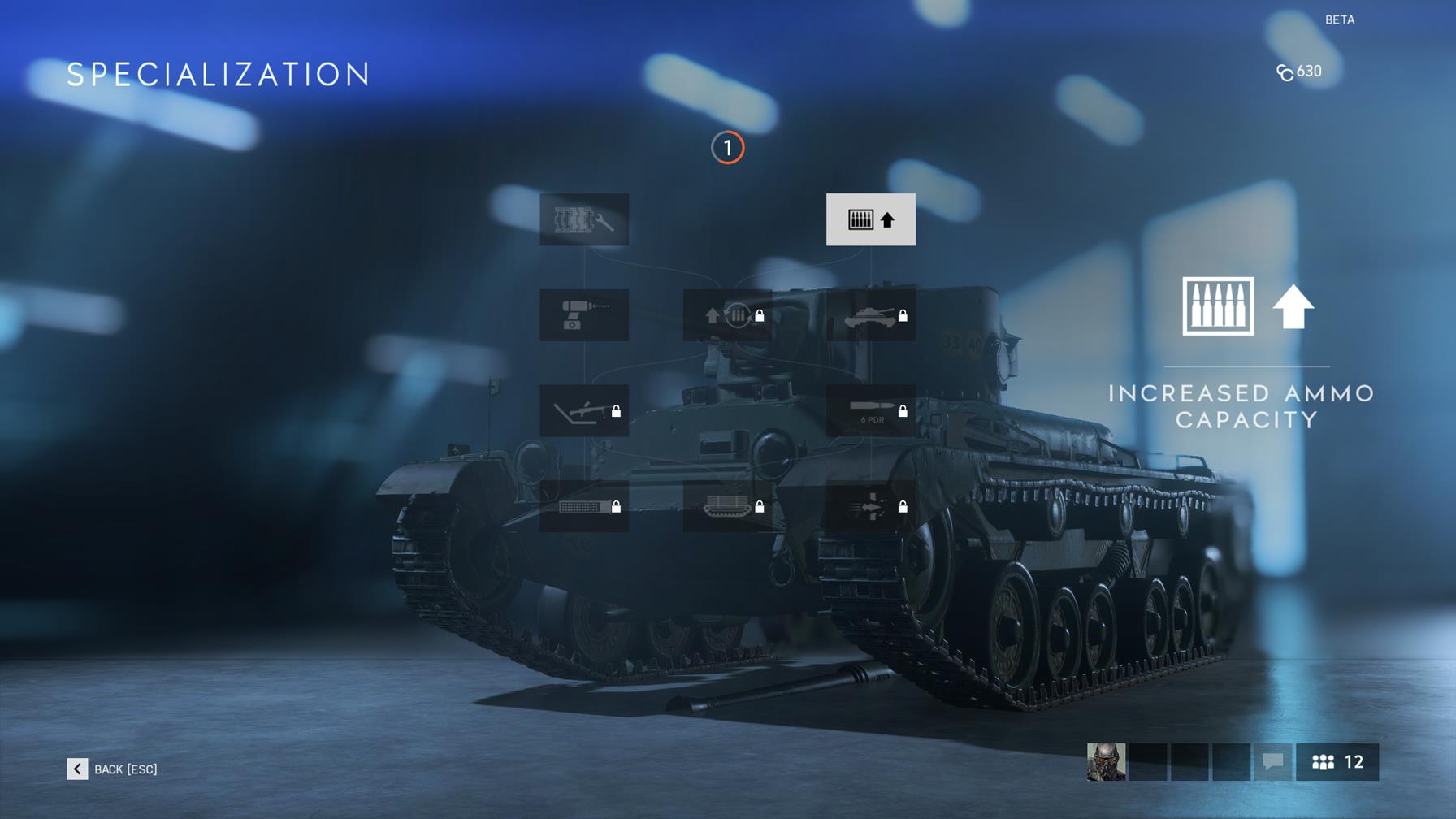It’s safe to say Battlefield 5 brings the biggest shakeup to core Battlefield mechanics since the introduction of destruction.
Unlike destruction, however, Battlefield 5’s new mechanics are not as flashy or easy to understand. DICE made a lot of changes under the surface that are intended to put more emphasis on team play, dictate the pace of the action, and bring back more elements of skill into the moment-to-moment gameplay.
Some of these are immediately noticeable like the reduced reliance on explosives, the lack of visually impressive, but cheap mechanics like Behemoths, Elite Kits etc. Others, however, will take you a bit of time to wrap your head around.
We’ve played a lot of Battlefield 5 and came away with a list of the biggest and most important updates. Anything worth highlighting will be listed below.
Veterans of the series will find a round-up of the biggest and most interesting changes they’ll need to be aware of. For new players, the list serves as an overview of some of the most interesting features in Battlefield 5, many of which are unique to the game.

Attrition
Attrition is the biggest new system in Battlefield 5, and it touches practically everything you do since the moment you spawn. In simple terms, this affects the amount of ammo you start with, and how your health regenerates.
Your ammo reserve depends on your weapon class, but don’t expect to spawn with anywhere near the number of rounds you had in older Battlefield games. With one already loaded, your reserve will be made up of two to three extra magazines and that’s about it.
You’ll be able to scavenge more ammo from fallen enemies and teammates, as well as obviously from Support players. But there’s another way; supply stations scattered around the map.
Swinging by any of these will top off your ammo and health. These stations can also be built in certain locations through the Fortifications system, which we’ll touch on below. If you haven’t already guessed, having limited ammo trains you not to take every fight.
Tactical shooter players, and those familiar with battle royale, will know the feeling all too well. It works in a similar way here, and it’s intended to keep squads closer together, not to mention cut down on certain play styles like camping in one spot for the entire round.
For health, every player spawns in with one extra medical pouch. This can be used any time to go back to full HP, but you’ll need a Medic or a supply station to get another one. Your health will also never regenerate back to full after taking damage. Instead, health regenerates to the closest segment on your HP bar. The rest can only be filled up with a medical pouch.
If you take small amounts of damage, this won’t be too much of a problem. But, if you take critical damage when you’re out of healing pouches, you’ll need to retreat to a supply station or find a Medic. For vehicles, this means spawning in with limited ammo. This goes for airplanes and tanks, which necessitates having to go back to a supply station – or to base – to resupply.
Attrition systems will probably take the longest to get to grips with, and that’s by design. You’ll have to readjust your play style according to the new rules.

Gunplay
Firing a weapon in Battlefield 5 is going to feel tighter and more responsive than any other Battlefield. To achieve this, DICE made several major changes to weapon handling and general characteristics.
Weapons have more recoil than you expect, but their recoil patterns are predictable, meaning you’ll be able to master them with time. Battlefield 1’s dreaded random bullet deviation does not return, so your shot will always hit where you’re aiming, not accounting for bullet drop obviously.
Suppression, another controversial Battlefield mechanic, does make a return. So far, we haven’t found it to affect any of the weapon’s raw stats. Instead, it’s a visual effect that, while annoying, won’t result in you missing shots you clearly shouldn’t.
Headshot hitboxes are also bigger in Battlefield 5, which should make nailing those headshots a bit easier. This shouldn’t make sniper rifles overpowered, though, since they have very noticeable drop Recon players will need to account for. All of that contributes to a shorter time to kill overall, much closer to Battlefield 3’s.
You’ll be able to customise your weapon with a multitude of attachments, but save for sights, they won’t offer any gameplay changes – only cosmetic. Tweaking a weapon’s performance has been moved over to Specializations – weapon upgrade trees you gradually unravel the more you use that weapon – but more on that below.

Weapon and vehicle upgrades (Specializations)
For better or worse, DICE decided to allow players to continue improving the performance of their weapons and vehicles the more time they spend using them.
Unlike the traditional attachments system, Specializations reward time played with stat-changing alteration. It’s hard to say at this stage what effect this is going to have on weapon and vehicle balance.
Each weapon and vehicle you own comes with two perk trees. These gradually open up the more time you spend with that weapon/vehicle, and you unlock them using Company Coins – an in-game currency.
Trees are typically split between long-range and close-range effectiveness for weapons, and offence and defence for vehicles. In other words, you’ll be able to spec your tank/weapon in a certain direction, making it excel at certain engagements but under-perform in others. Though you will be able to reset your progress and reallocate the various perks, DICE wants players to have different versions of each weapon and vehicle set up for different scenarios.
Think of Specializations as a new manifestation of Battlefield 1’s weapon variants system, where the same weapon would have different attachments and attributes, and therefore a different name. The difference this time, of course, is that you’re in control of these variables.
Like we mentioned in the previous point, this won’t change the look of your weapon or vehicle. Cosmetic attachments is what’ll do that, so don’t expect a muzzle break to actually help with recoil and so on.

Combat Roles and Traits
While the classic Battlefield classes do return, they’re a bit different than you remember them. But perhaps the biggest tweak to the class meta is the new Combat Roles.
Combat Roles, as we explained in our class breakdown are subclasses designed to complement the playstyles each of the four classes offers. This gives names to play styles Battlefield players have always had, such as the aggressive vs the camping Recon.
The only difference is that the various styles are complemented with Traits that make playing that role more rewarding and useful to the team. Each class starts with two Combat Roles at launch, with one unlocked for each from the off. Combat Roles don’t dictate your loadout, but they do decide your Traits. Traits are game-changers, so it helps to pick the right role for the right scenario.
While you can ignore this structure, you’re not losing anything by picking the right one for the job.

The new weapon type distribution
Like previous Battlefield games, weapon types are locked to the class they’re intended for. But since this distribution changes with every new Battlefield game, we thought we’d explain what each class gets this time around.
Assault gets assault rifles, and semi-automatic rifles (DMRs). Medics only get SMGs. Support has access to LMGs, and MMGs. As for the Recon, they predictably have the monopoly on bolt-action rifles and self-loading rifles (the old BF1 Medic weapon).
This should give you an idea of what type of role DICE expects players to take on while playing as any of the four classes.
Finally, as it currently stands, there is no universal weapon type accessible by all. If you want to play with a certain weapon, find the class it’s locked to. That said, your choice of Combat Role doesn’t affect the weapons you have access to.

Fortifications
Next to Attrition, Fortifications is the other big feature in Battlefield 5. This system simply allows players to undone some of the damage done by destruction for a multitude of purposes.
Fortifications can be as straightforward as stacking sandbags on top of each other to create a wall, boarding a window, or as complex as digging foxholes, repairing bridges, or setting up machine gun nests. Fortifications are also necessary on certain maps if you want to reach certain areas, such as the bridge in Rotterdam.
All classes have access to the building tool which allows them to interact with these pre-determined points and build away. You’ll see the locations marked with white brush strokes on the minimap, but you’ll get to know what can be built where over time.
Support is the best class at creating and maintaining Fortifications. It does it faster than all other classes, and has access to a few advanced options not available to the rest; such as the aforementioned machine gun nests.
You may not need to fortify or build something in every round you play, but you can certainly make use of Fortifications when you’re defending a point, especially in Grand Operations. With the right setup, you can lock entry points for tanks and force infantry down narrow corridors for easy pickings.

Enhanced destruction
On top of giving players the tools to counter the effects of destruction, DICE also upgraded this beloved Battlefield mechanic in Battlefield 5. These updates are mostly visual in nature, but they add to the feeling of immersion you get on all maps.
Buildings can be levelled, trees cut and even a field that started out covered in lush green grass will be turned brown by the end of the match. Ground destruction returns as well.
Tanks can now go through houses and the building will react in a more realistic manner. Explosives that detonate indoors will send out debris outwards, and the inverse is true for those that explore outdoors.
This nuanced approach also results in impressive sights such as snow accumulating on house rooftops, only to shatter and fall when the building gets hit.
If you don’t have time to stop and admire the destruction, just know that you can now take your tank through buildings with relative ease, assuming you have the necessary speed.

Complex vehicle mechanics
Setting aside the varied skill trees each tank comes with in Battlefield 5, and how these builds affect the performance of your tank, there’s one aspect to tank combat that may not be immediately clear.
DICE has changed up the way tanks move and shoot a fair bit this time around. For starters, tank speed will largely be dictated by their class (light, heavy, etc). Turret speed, too, has been uncoupled from the main aiming reticule.
This means that while you will be able to whip your aim around 180 degrees, you’ll have to wait a bit for your turret to catch up. Lighter tanks do this faster, of course, for obvious reasons.
This is going to make it easier to sneak up on tanks, and subsequently harder to defend against the flying barrages of rockets as a tanker. While you’ll be able to self-repair, the ability’s effect has been limited.
You’ll also have to consider every shot because you’ll be spawning in with limited ammo. Once again, having one or more players supporting your tank will make the difference.
Then there’s the procedural damage system, which will dictate which part of your vehicle is damage when you take a hit. A hit to the treads can immobilise, for instance, while a turret shot could limit your offensive capabilities.
Looking for the best weapons or want to try a new combat role? Check out our Battlefield 5 guide for more.
The post Battlefield 5 multiplayer guide: Attrition, Specializations, Fortifications and more explained appeared first on VG247.
Source : vg247.com